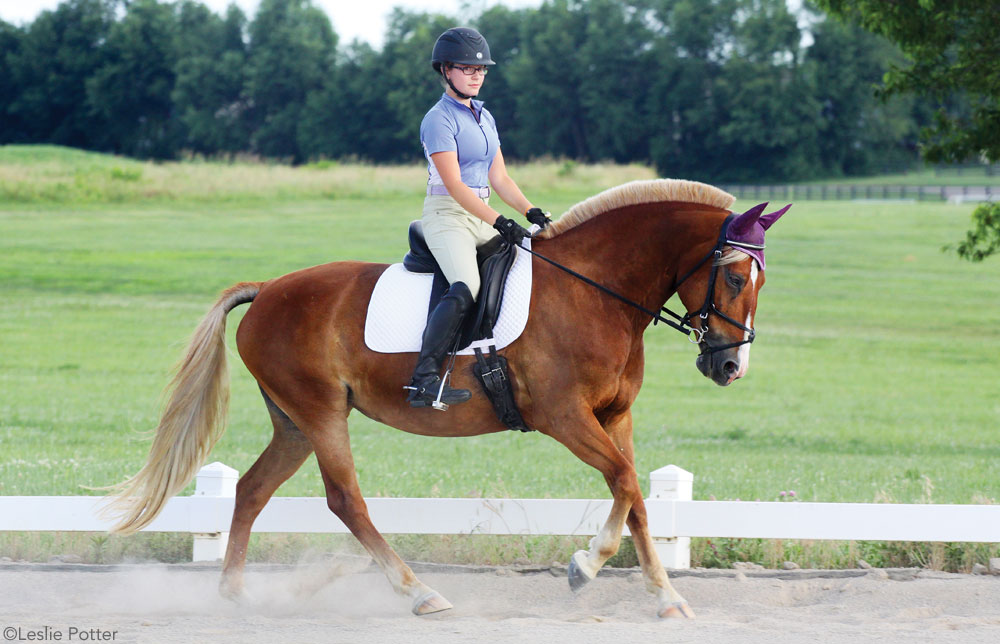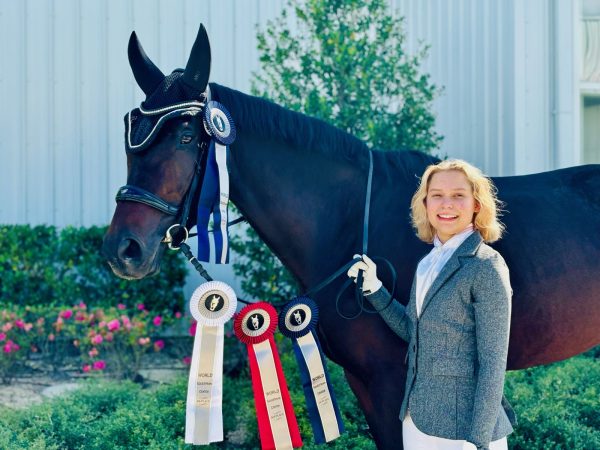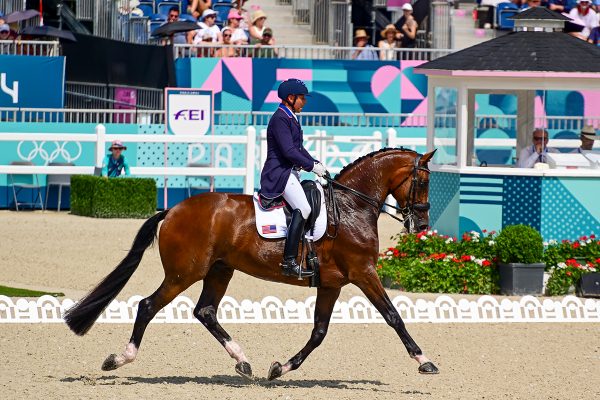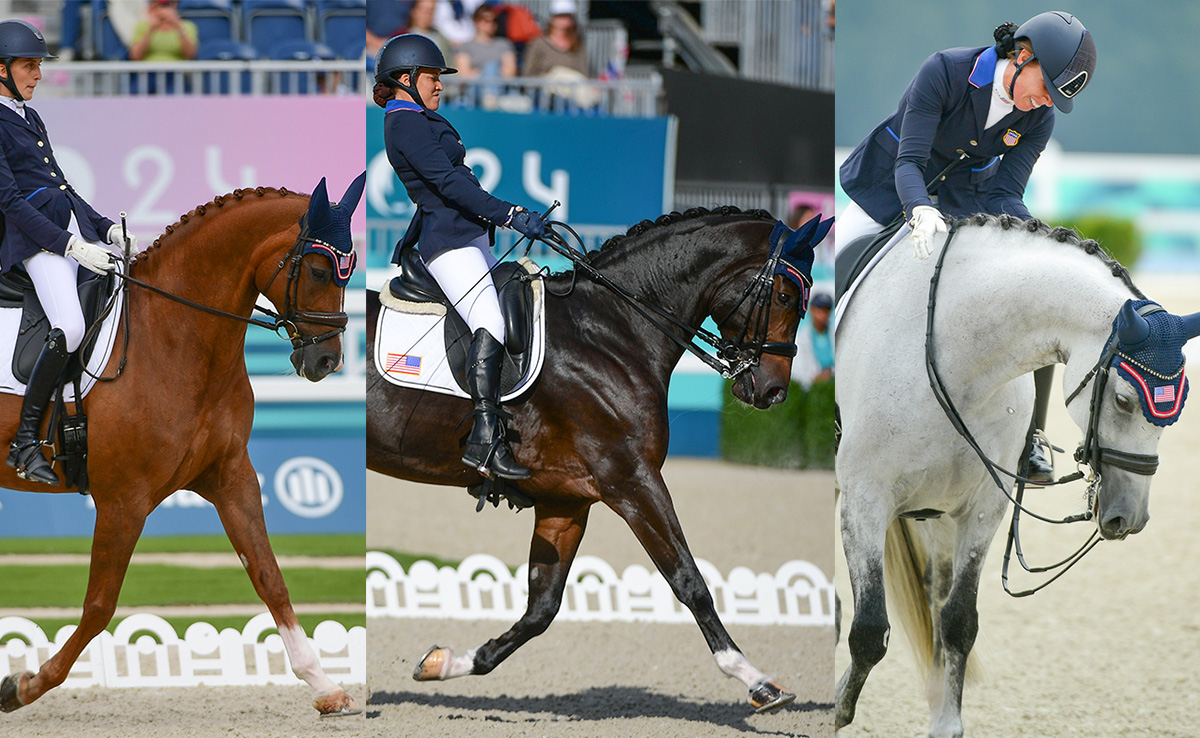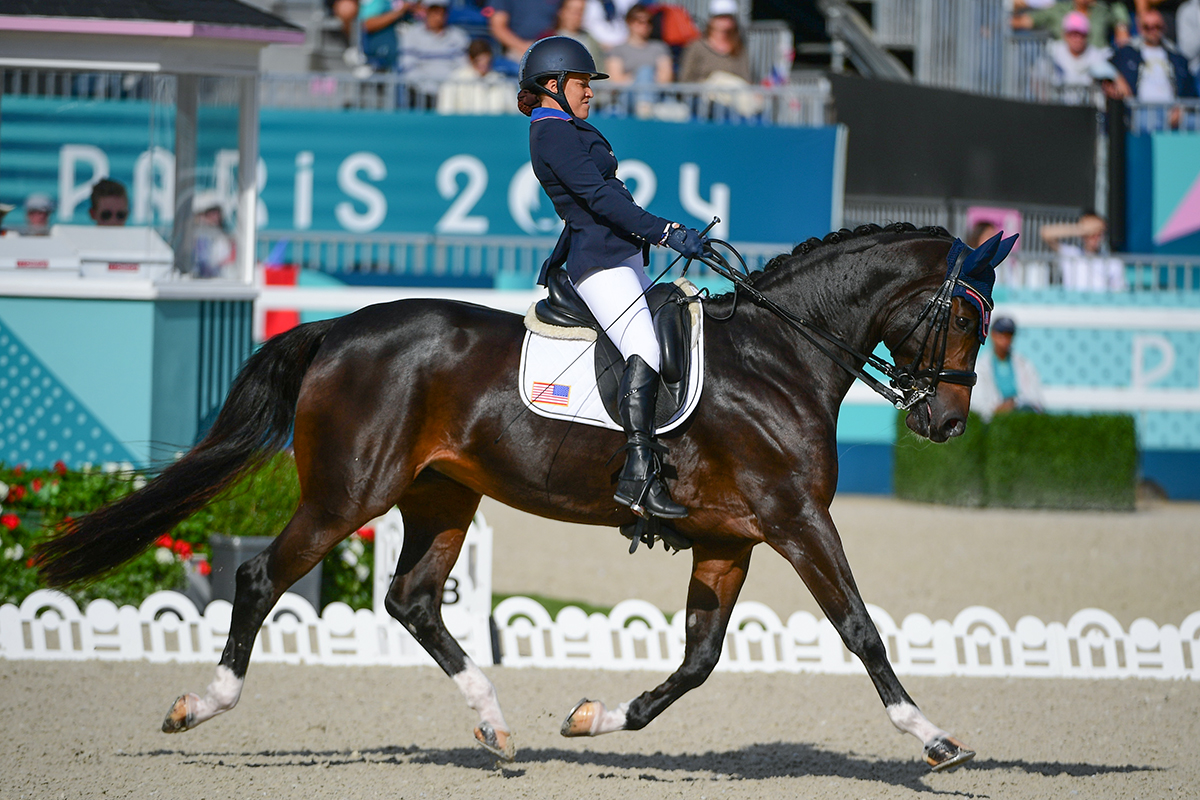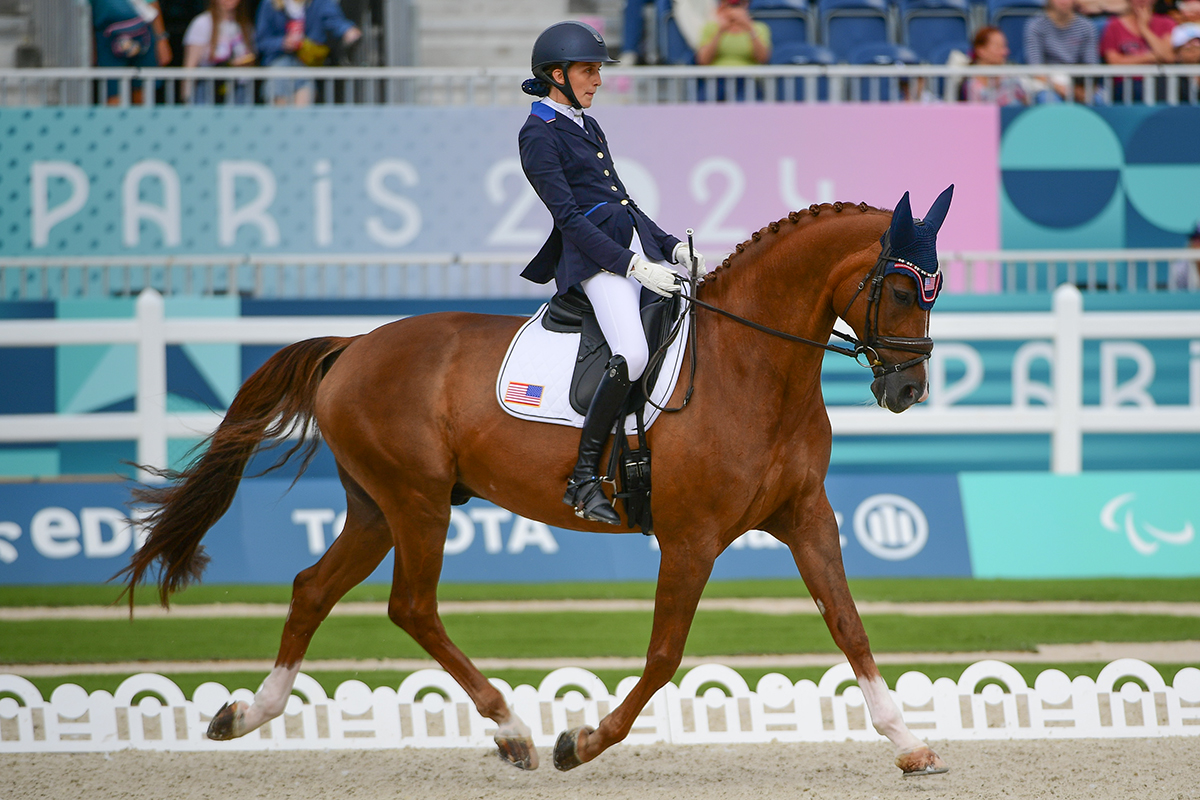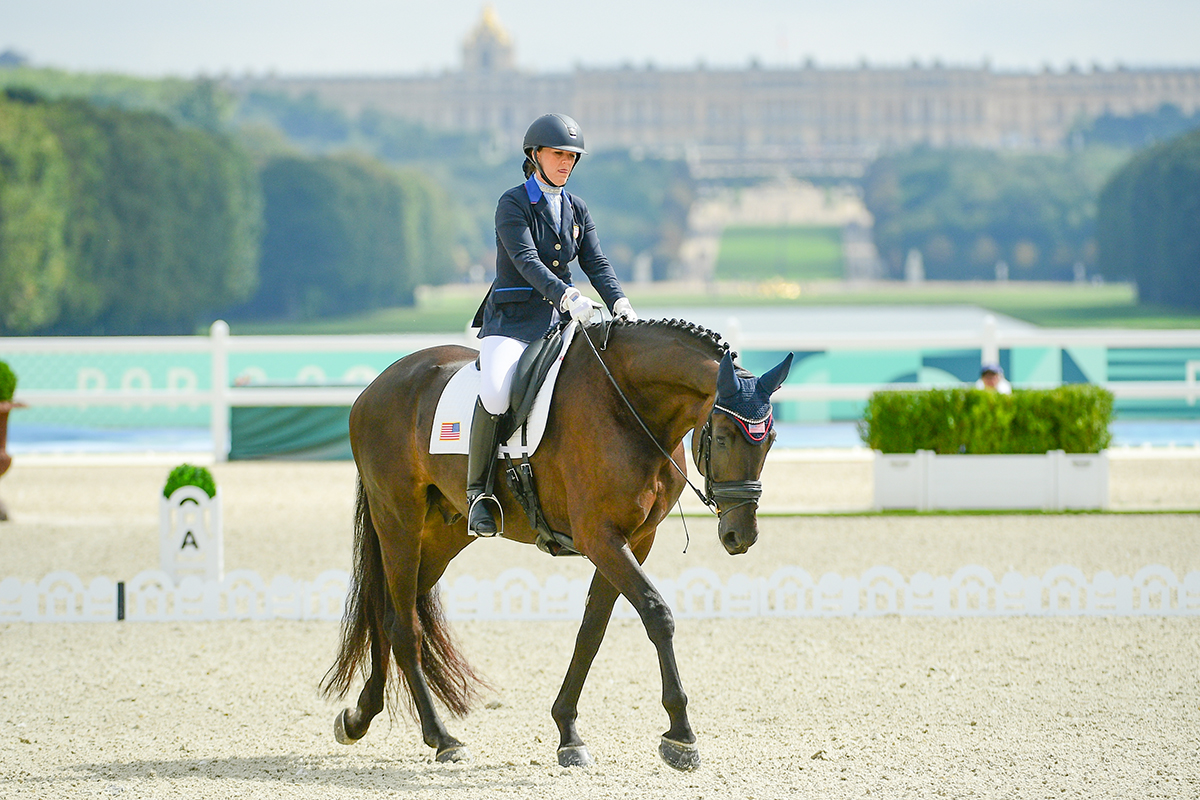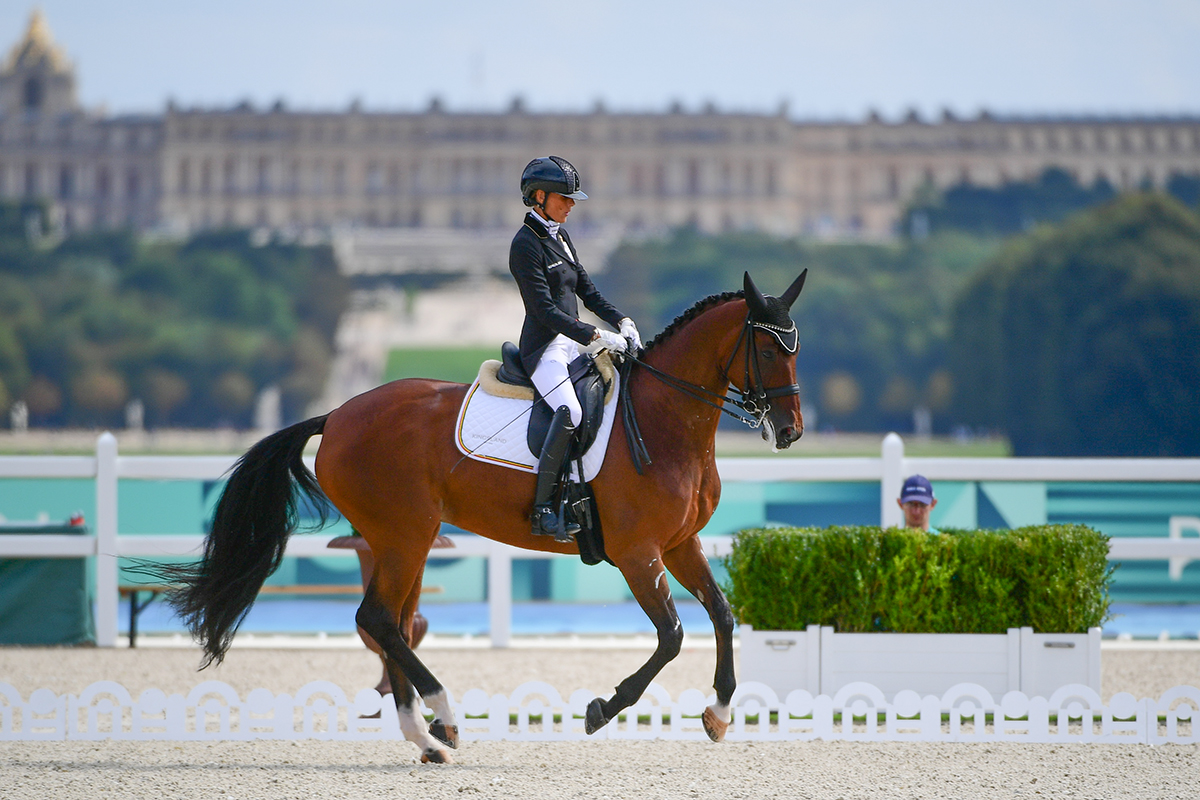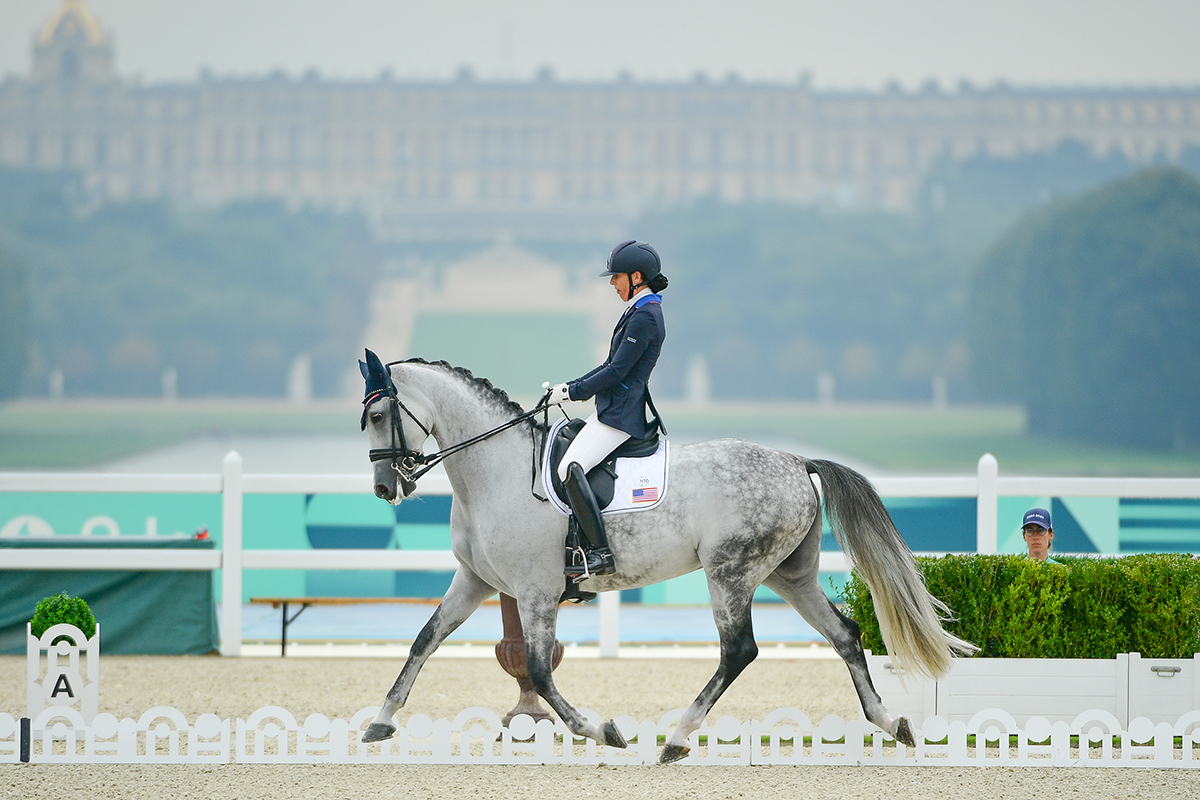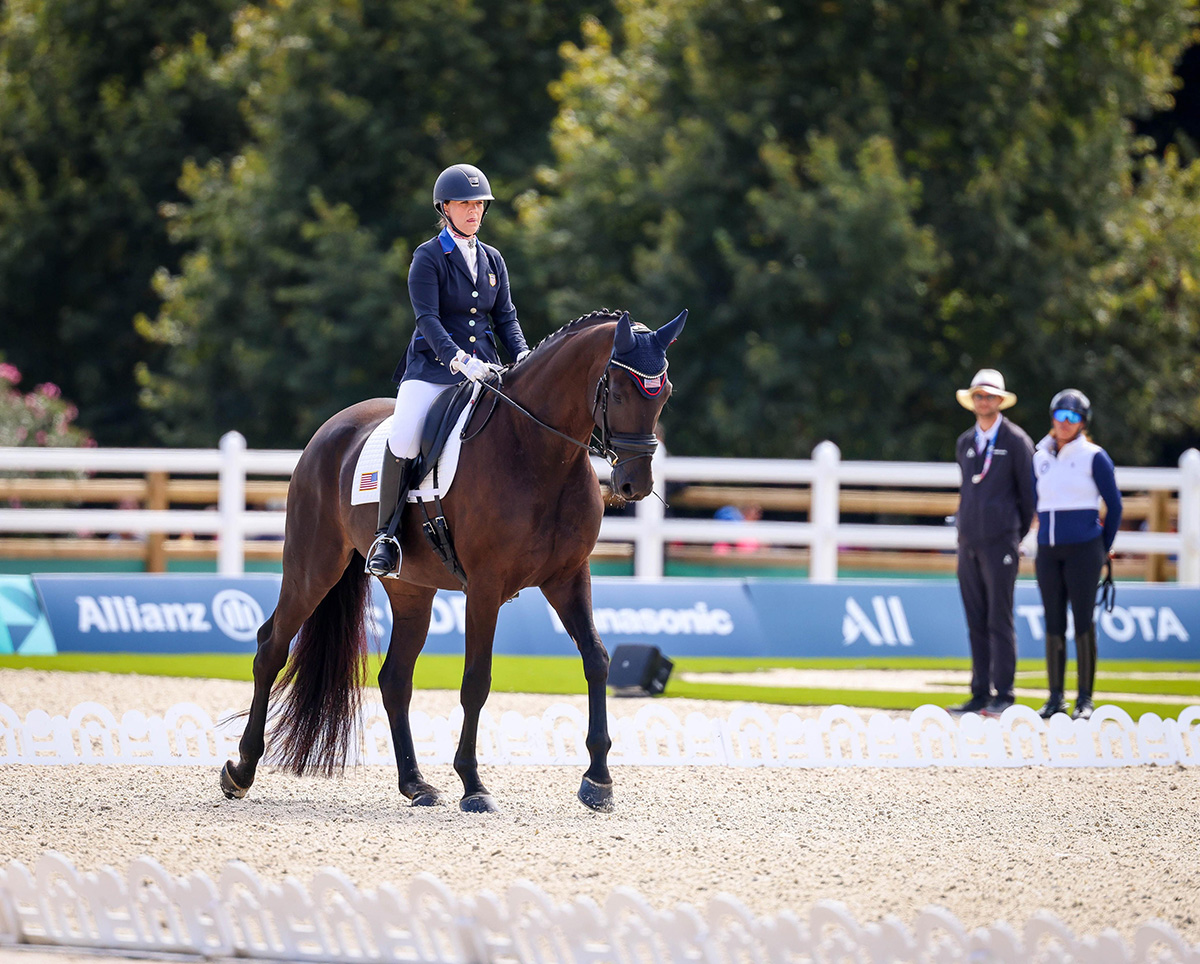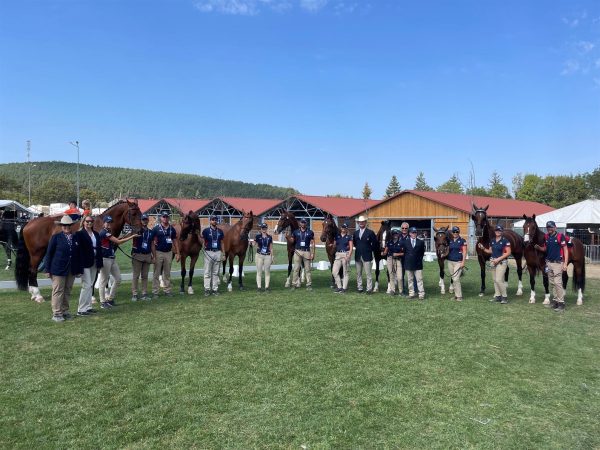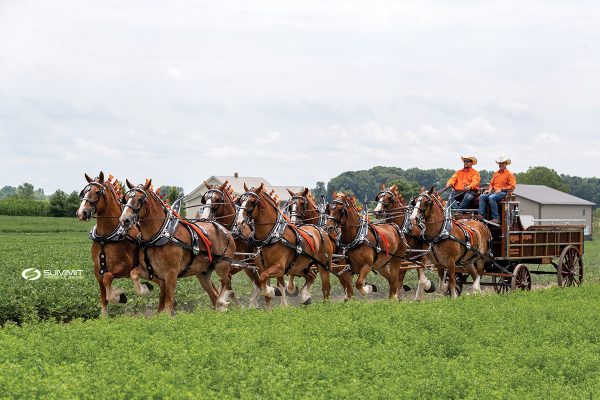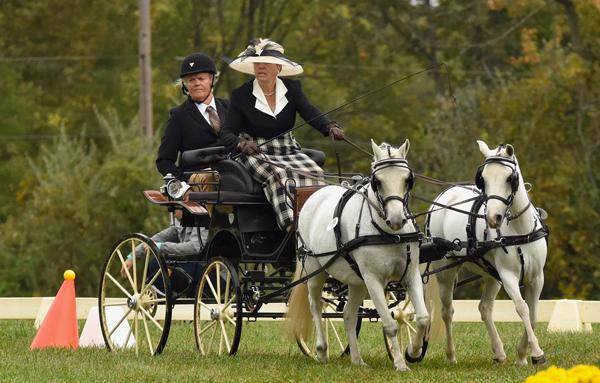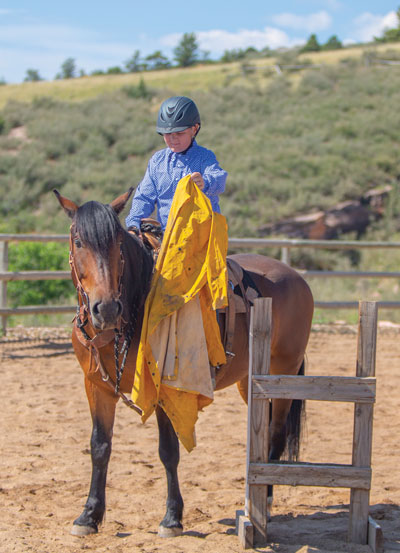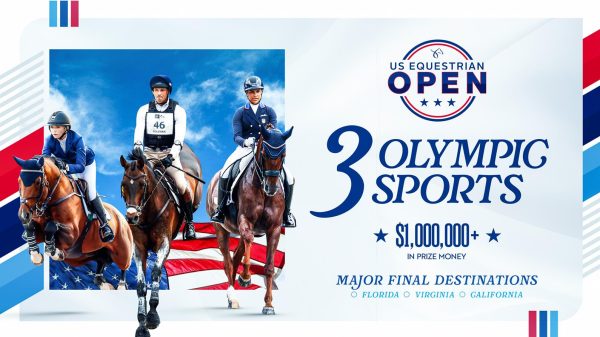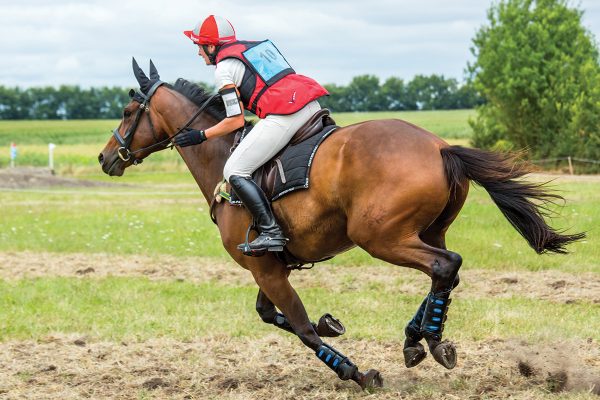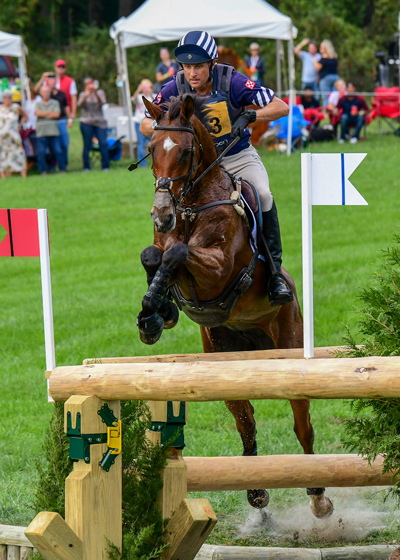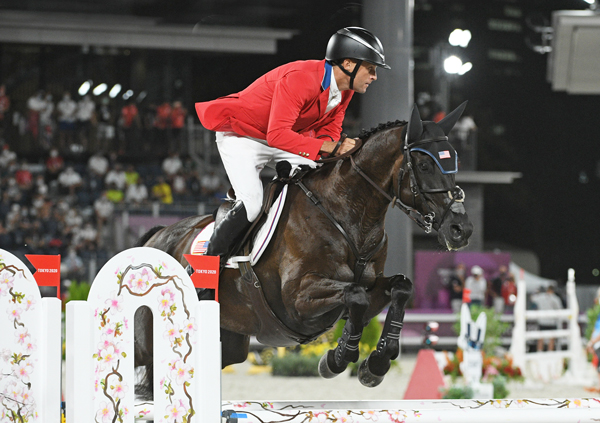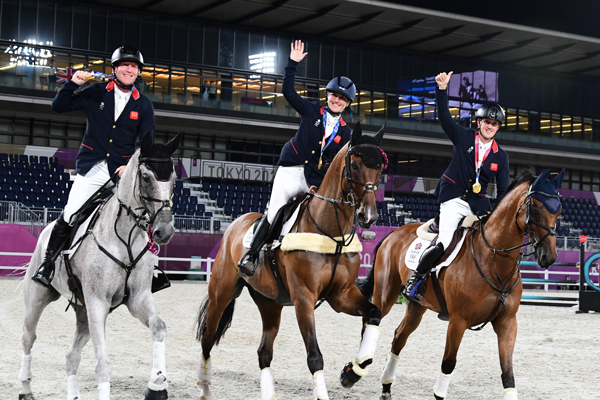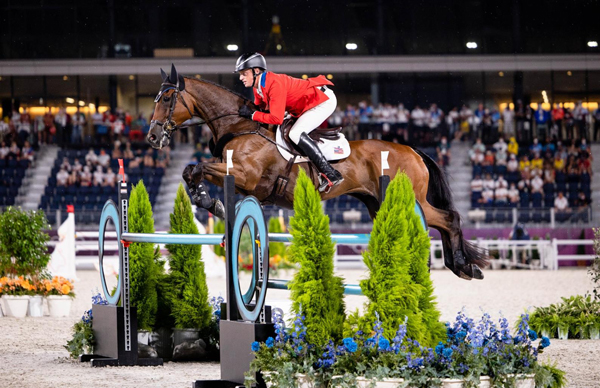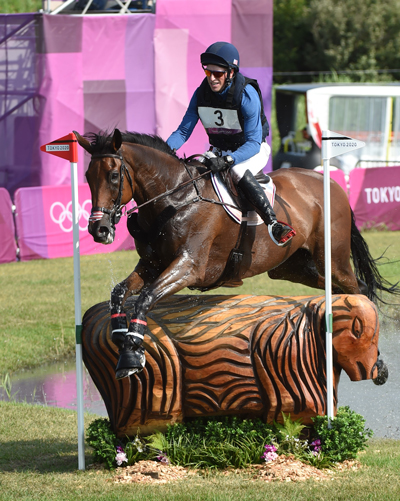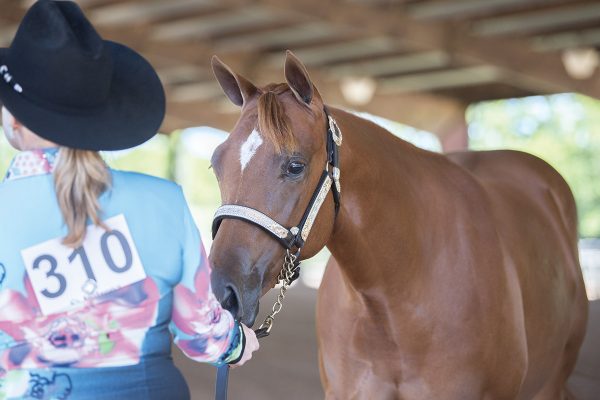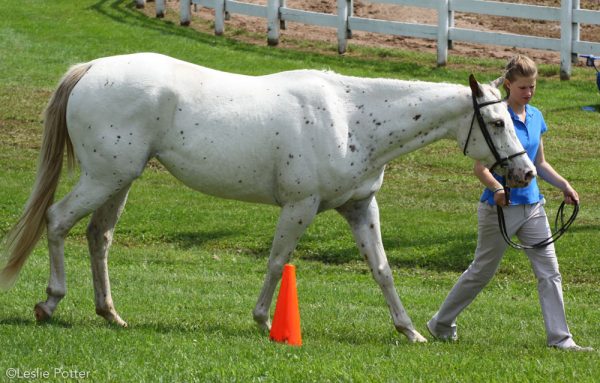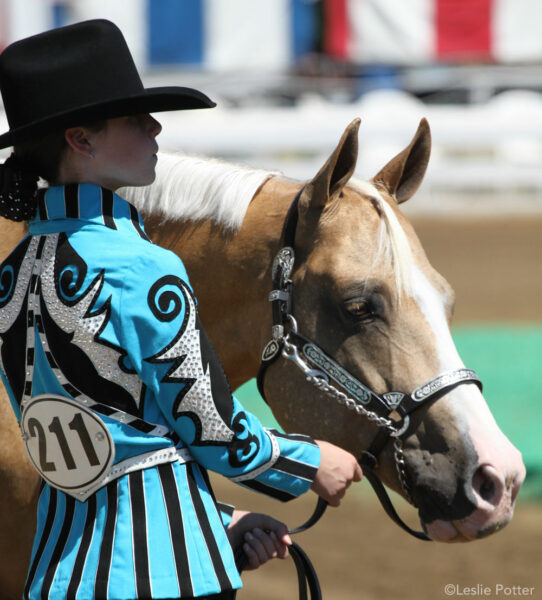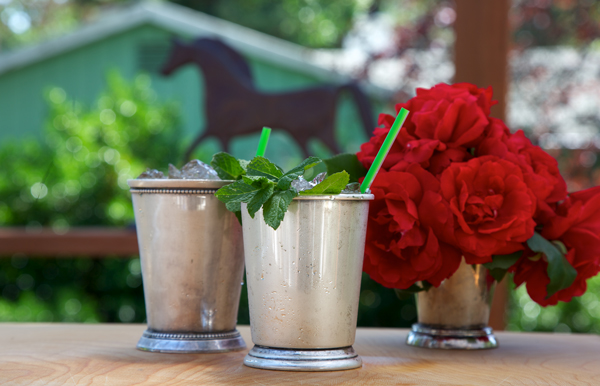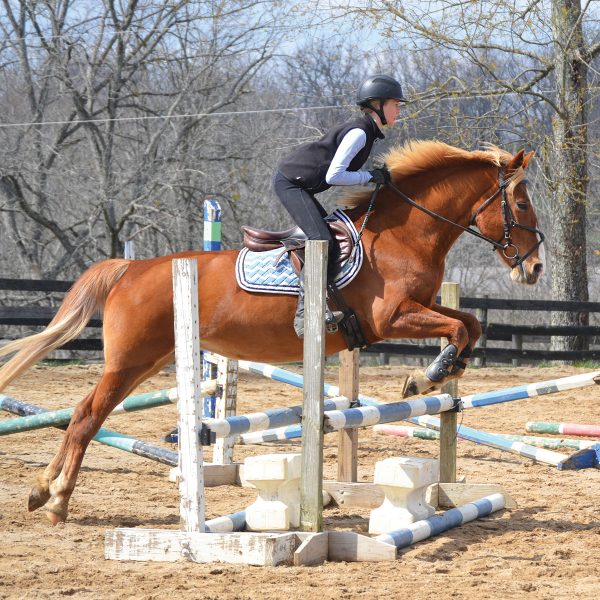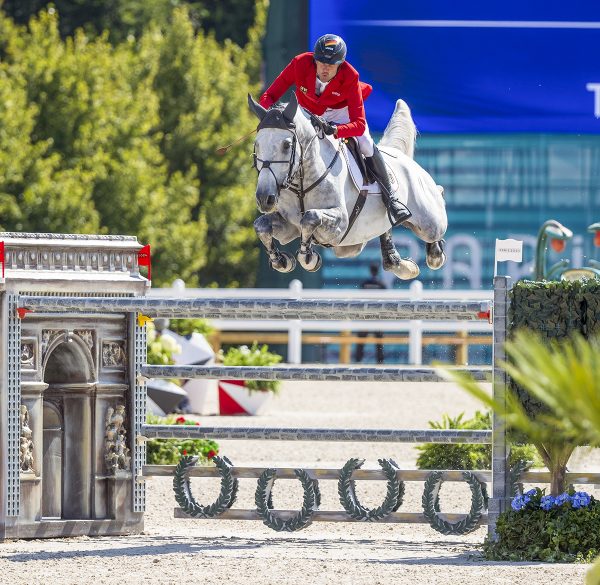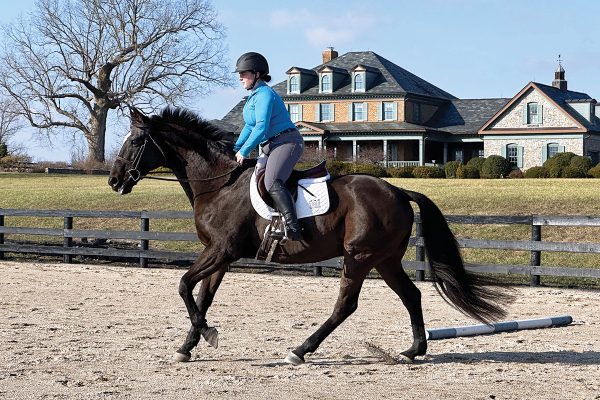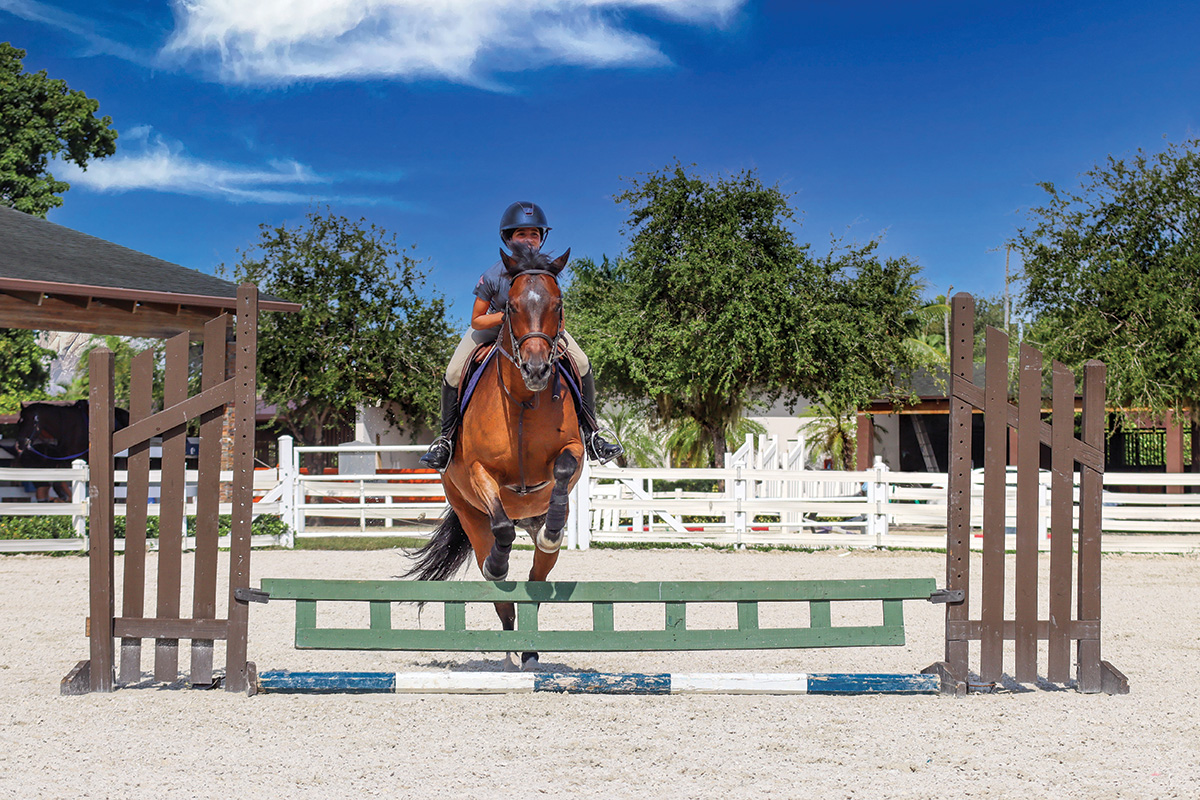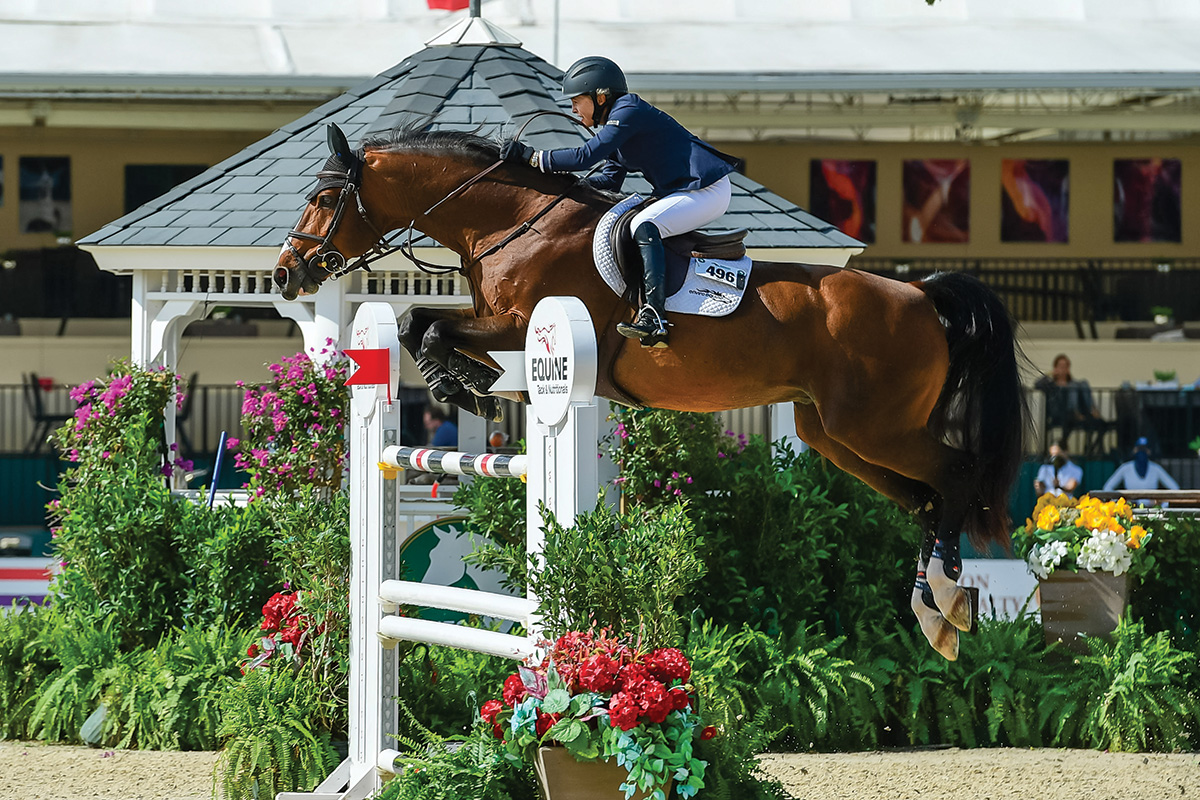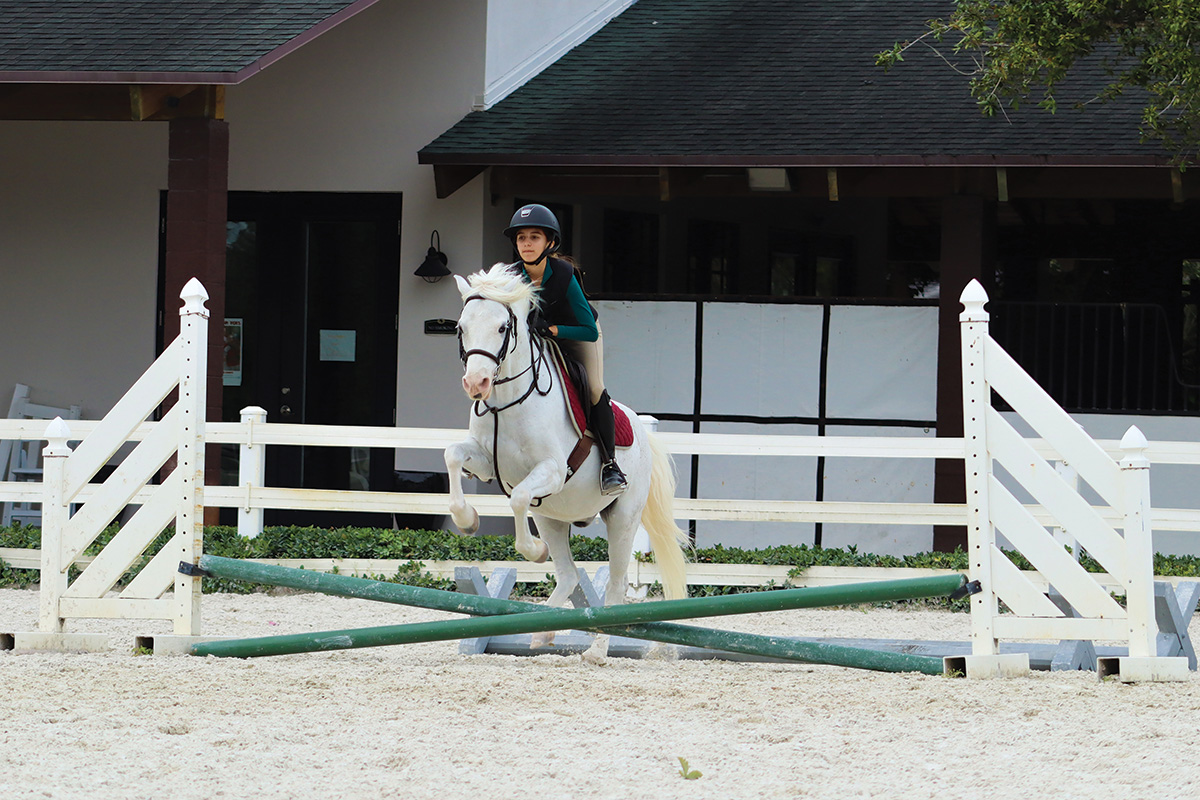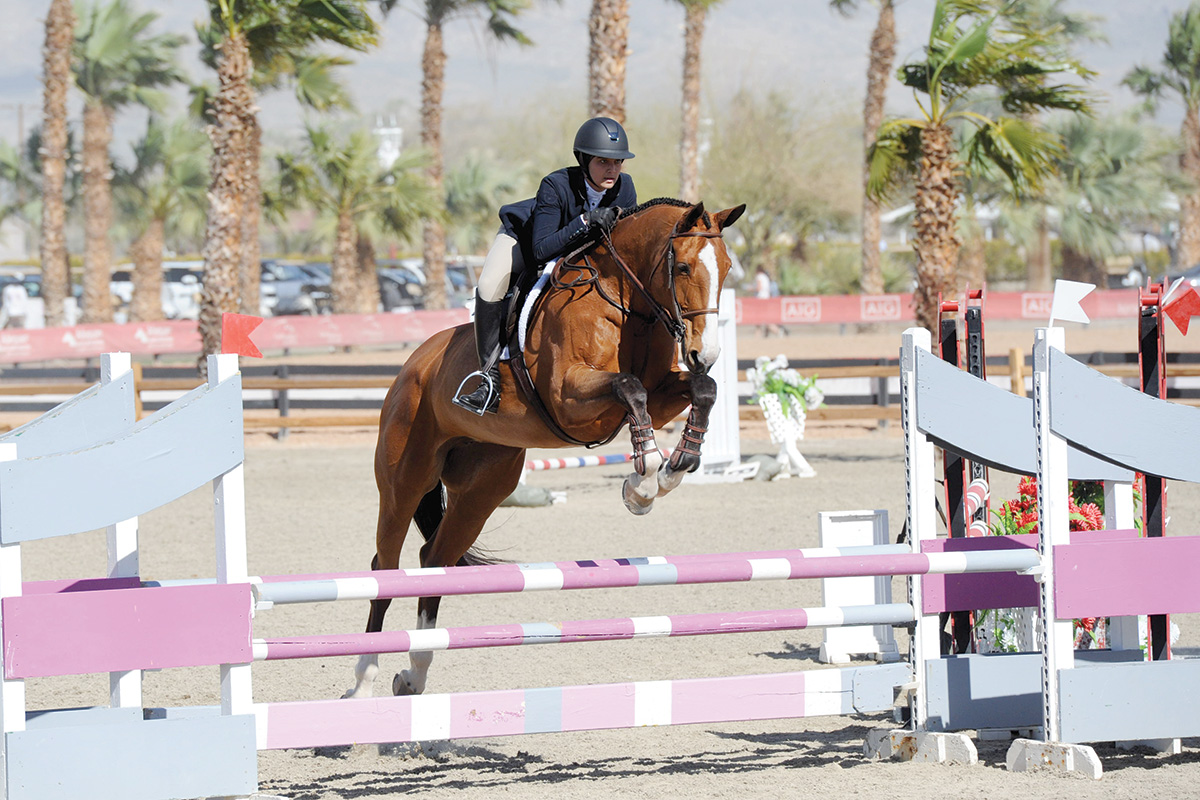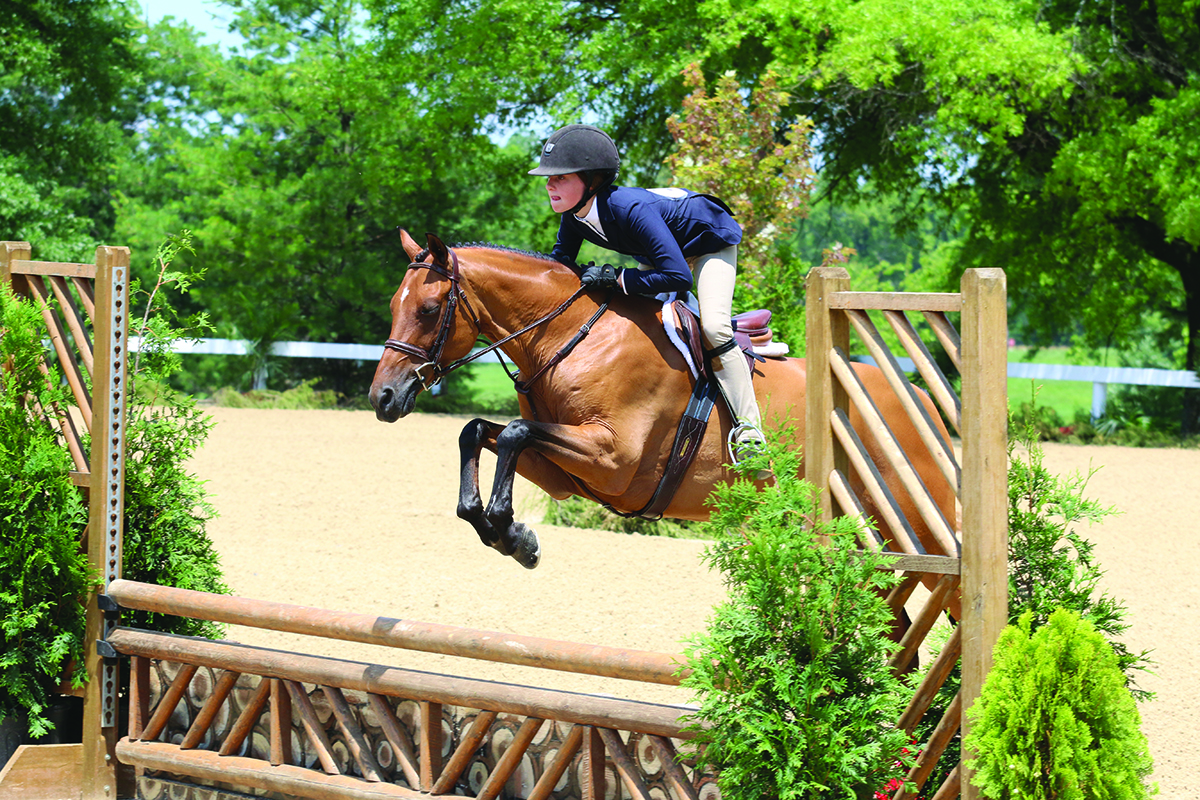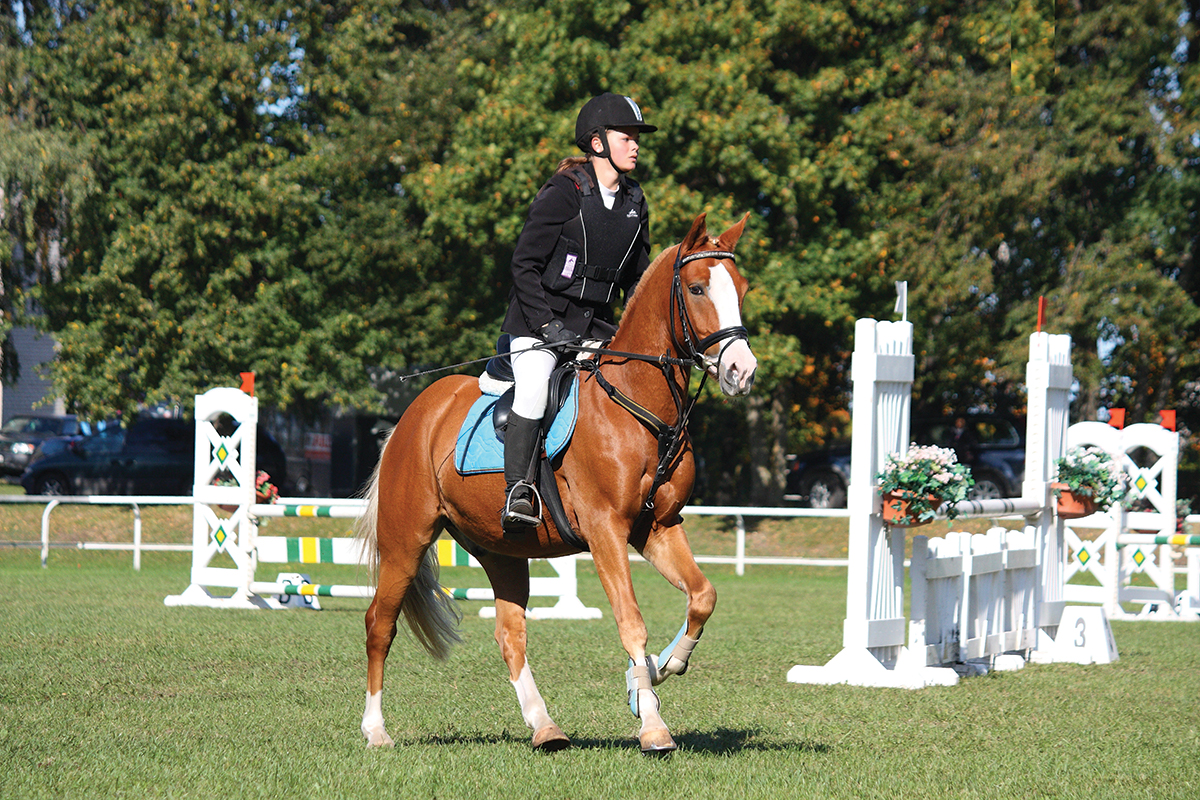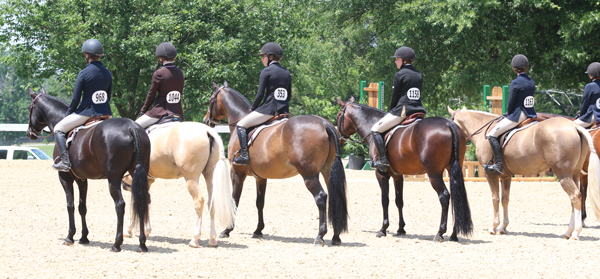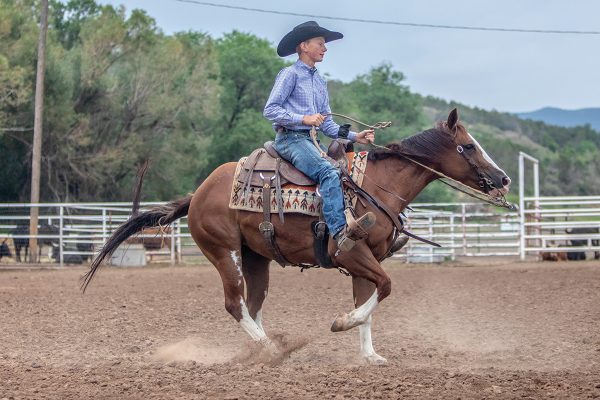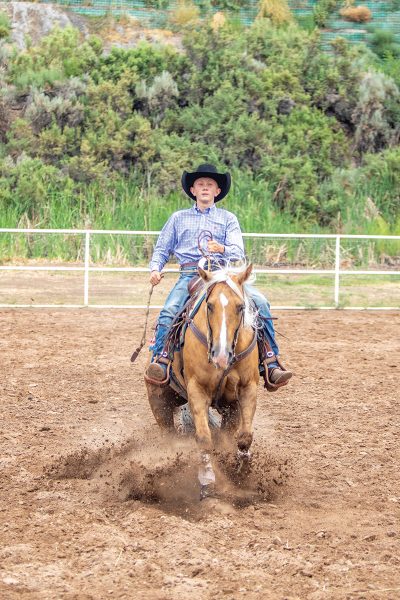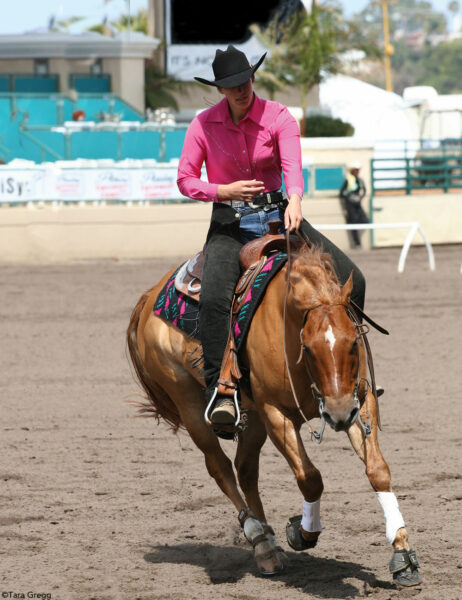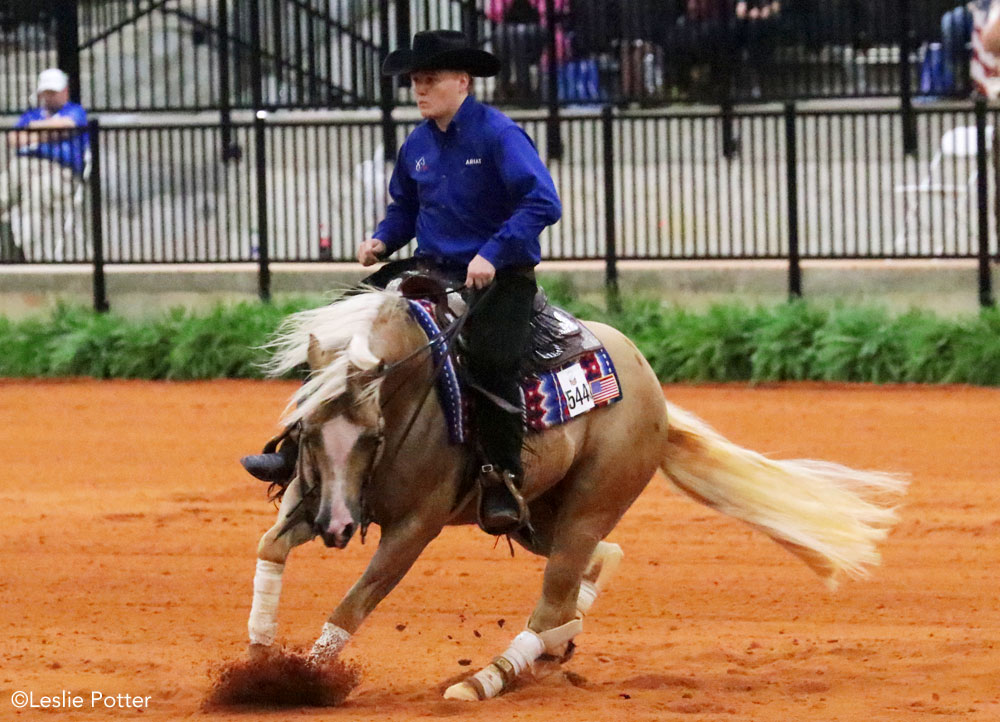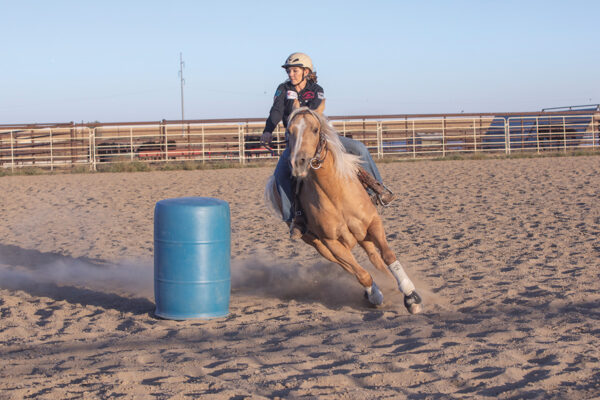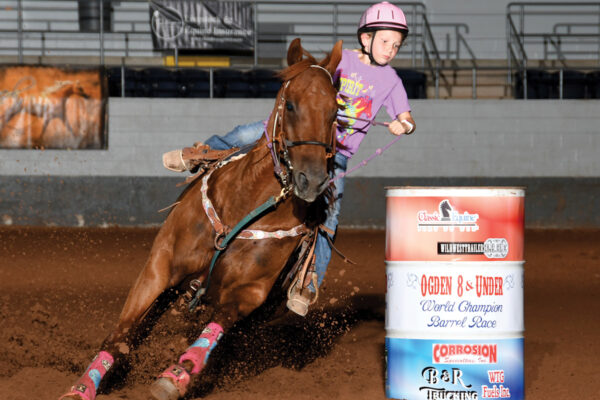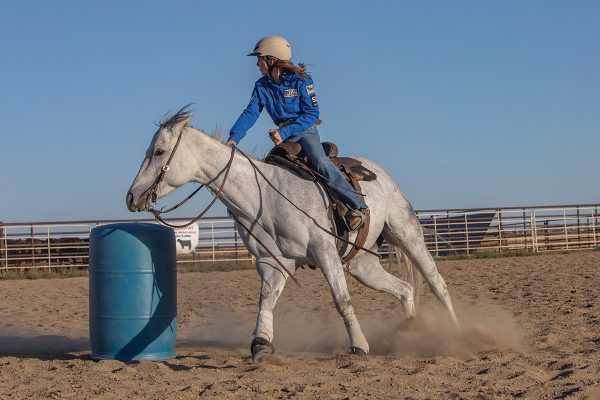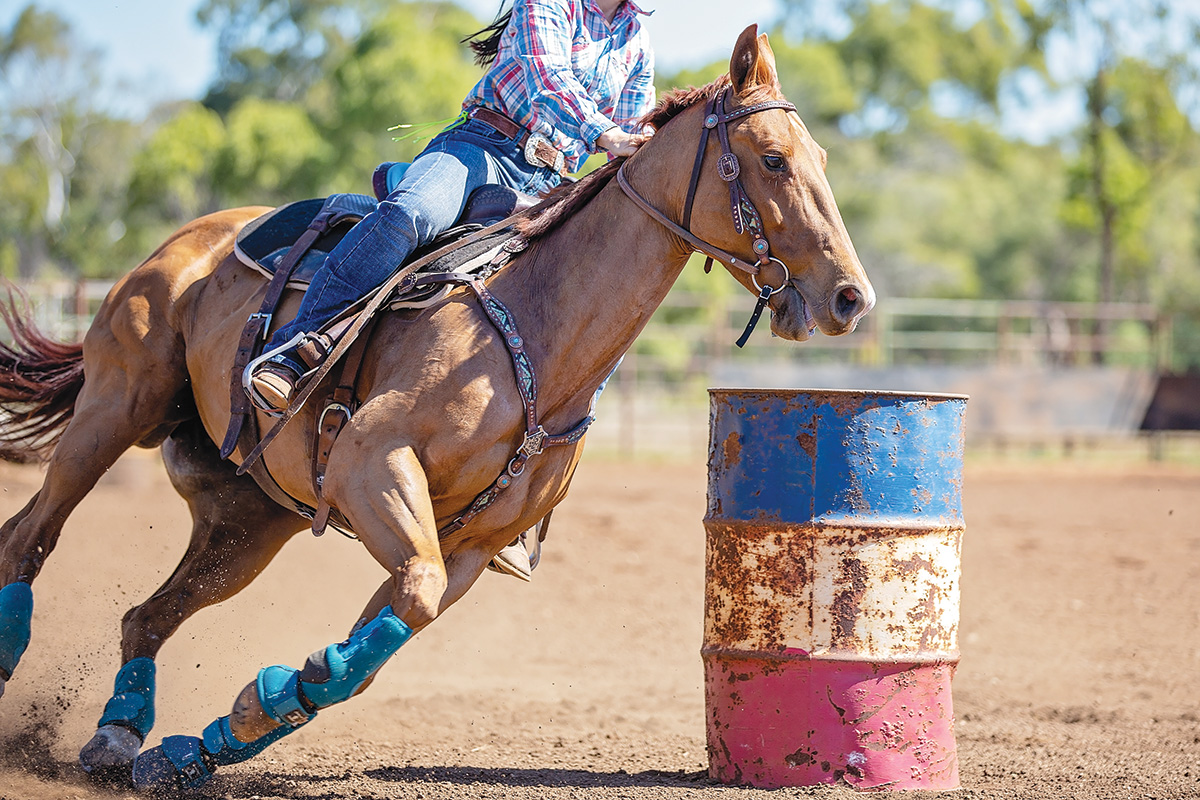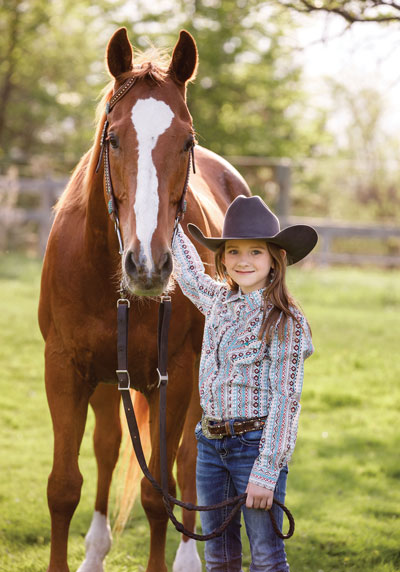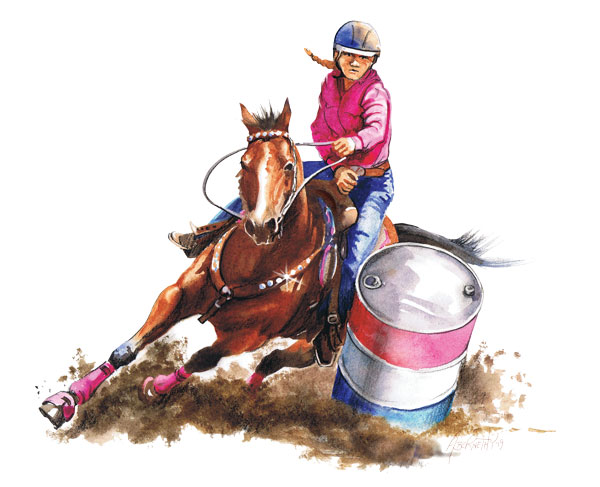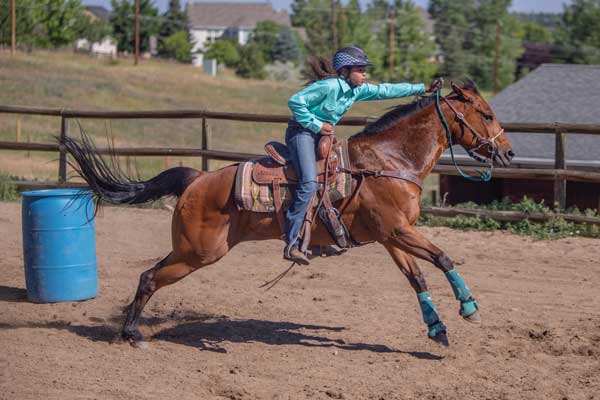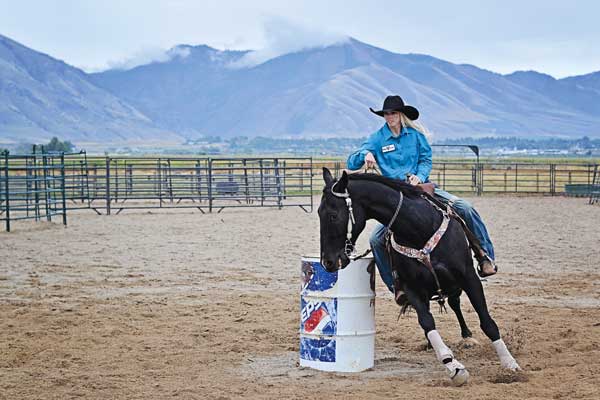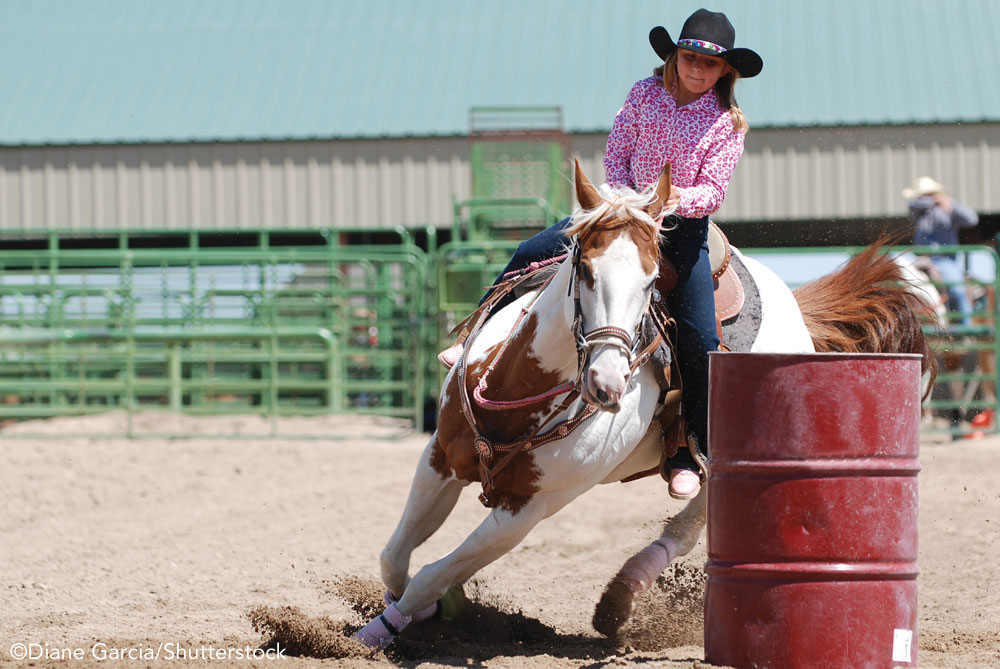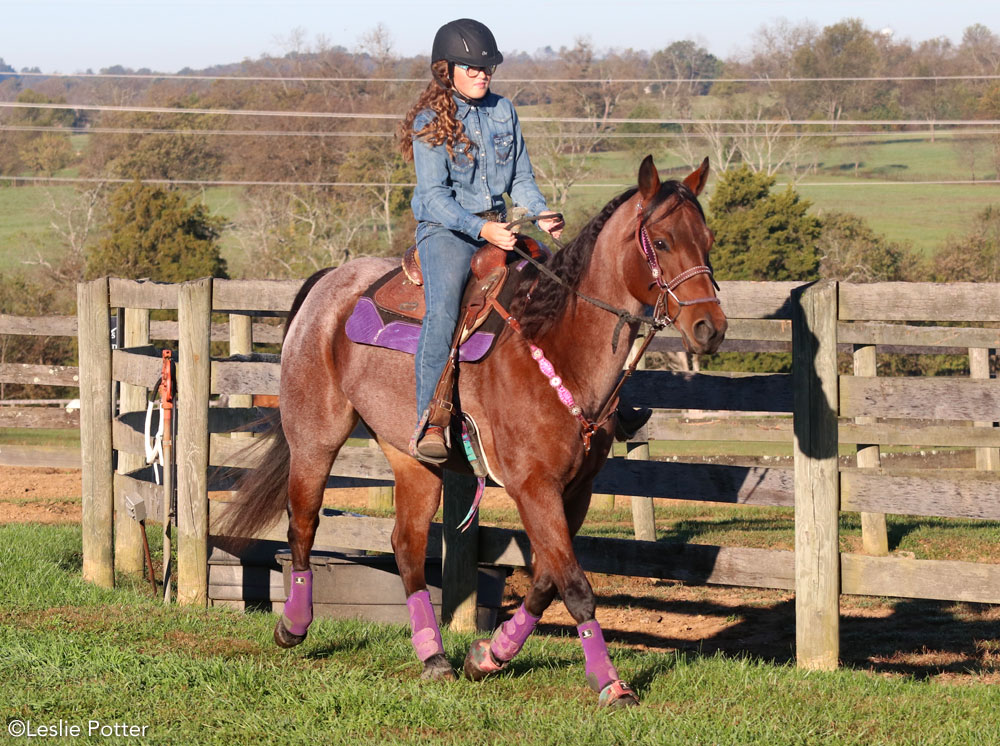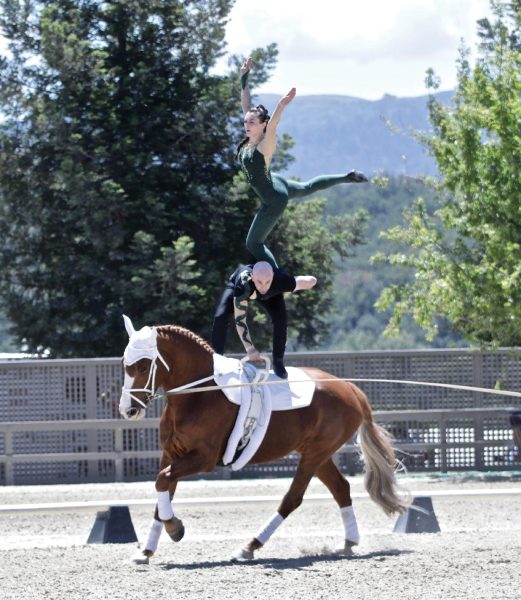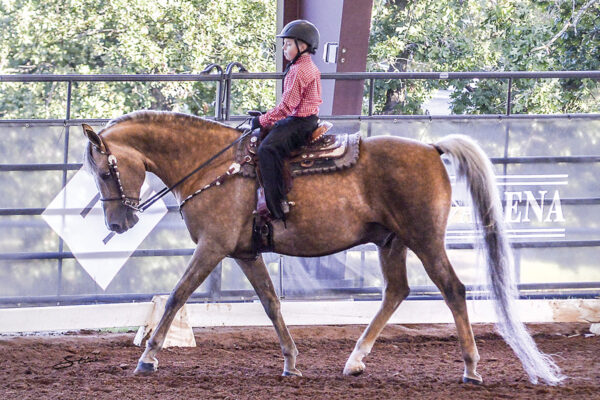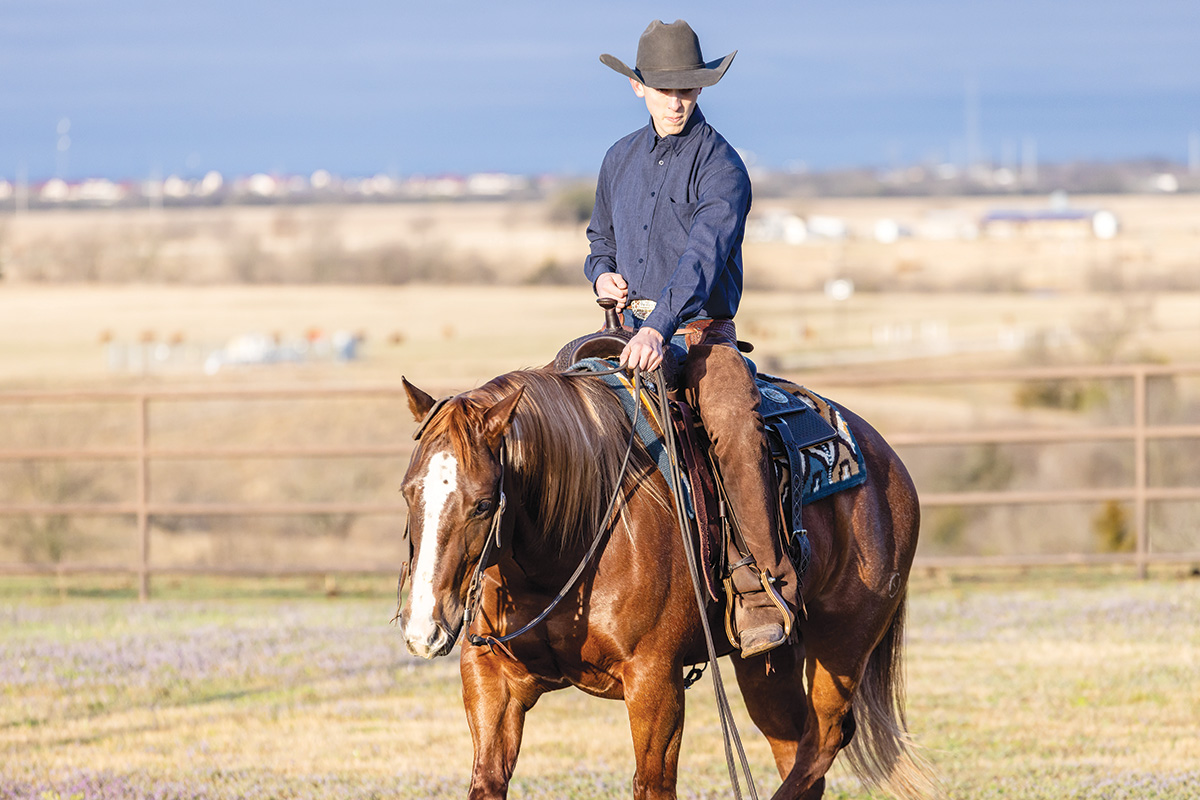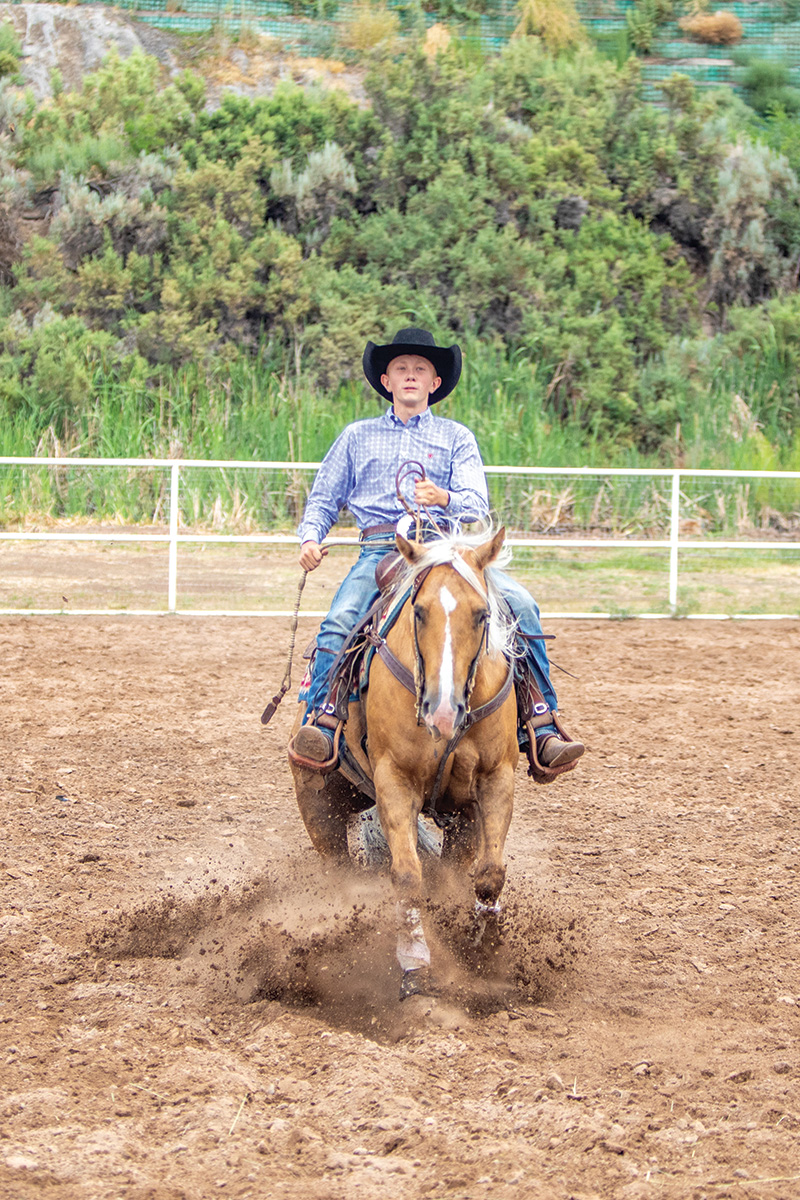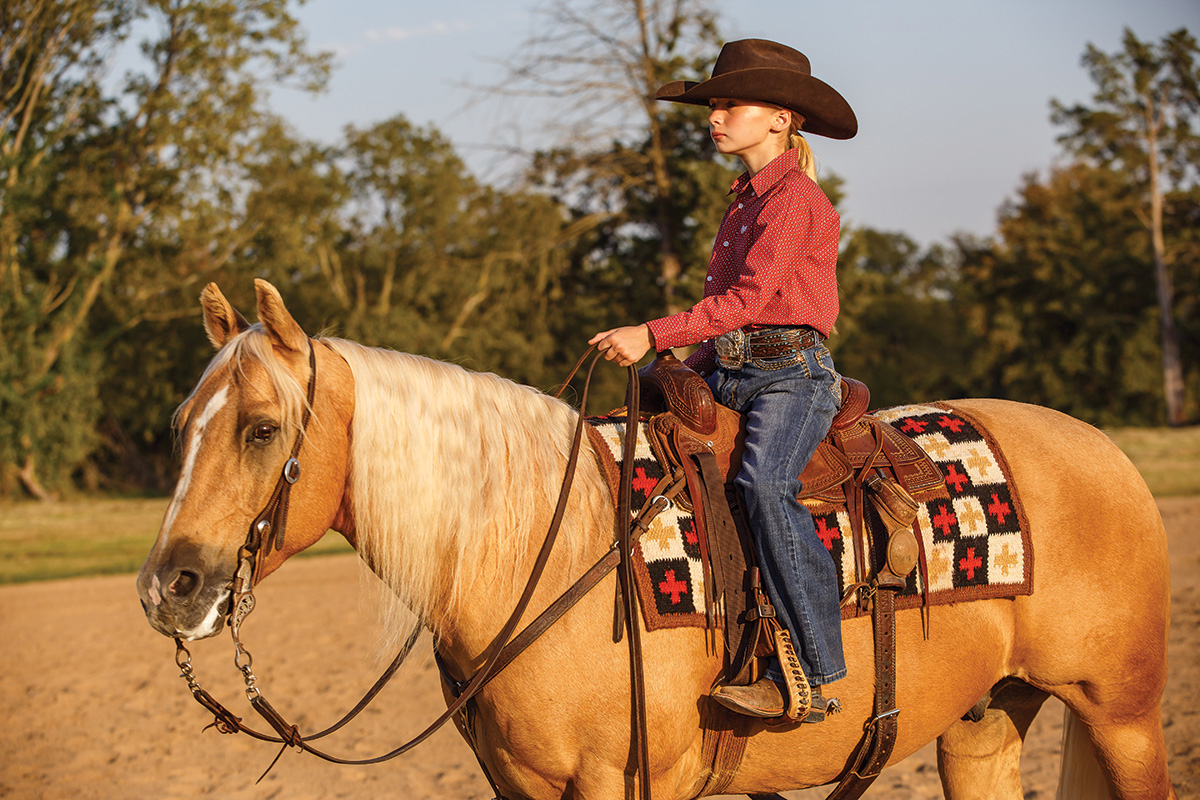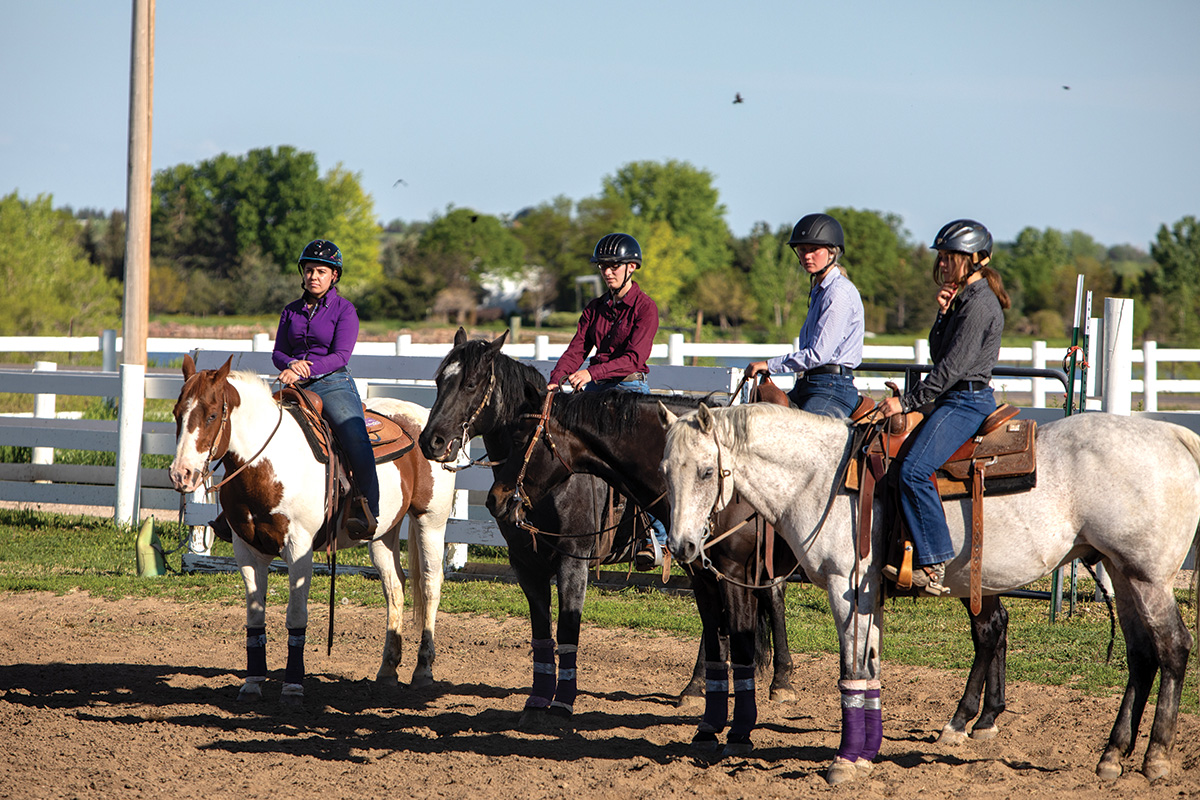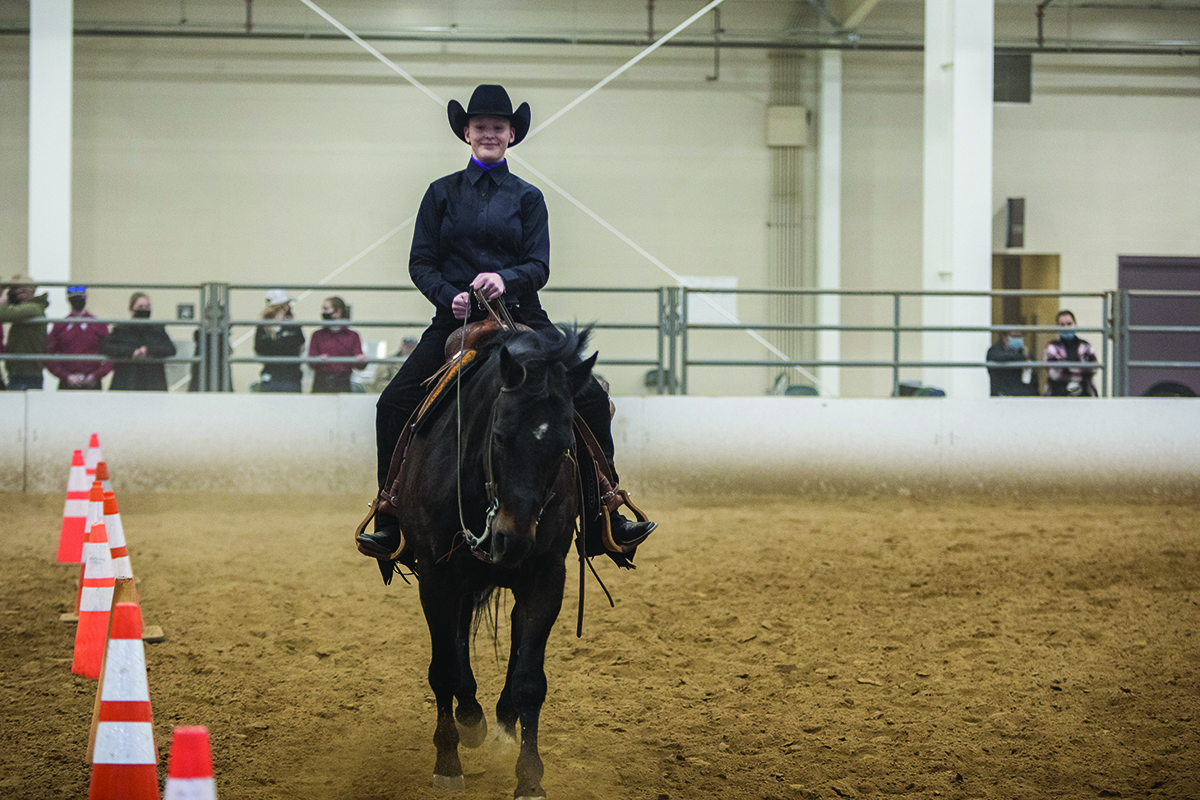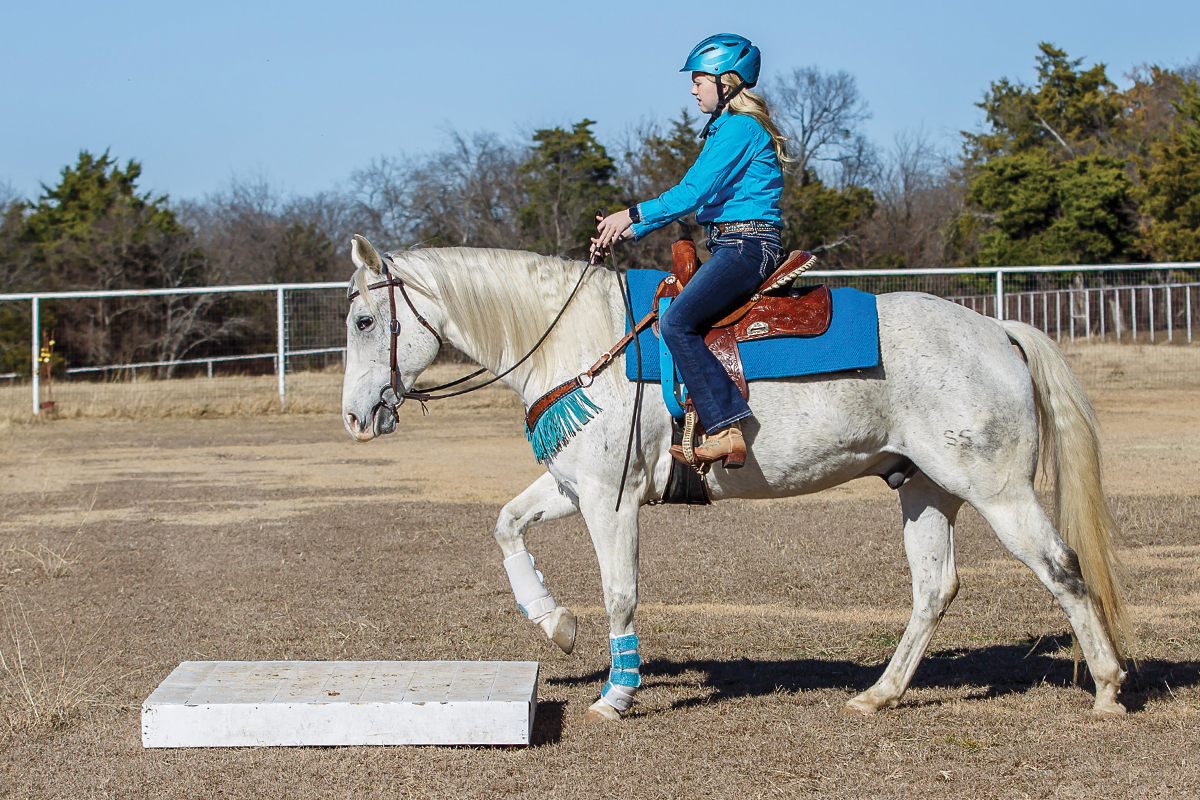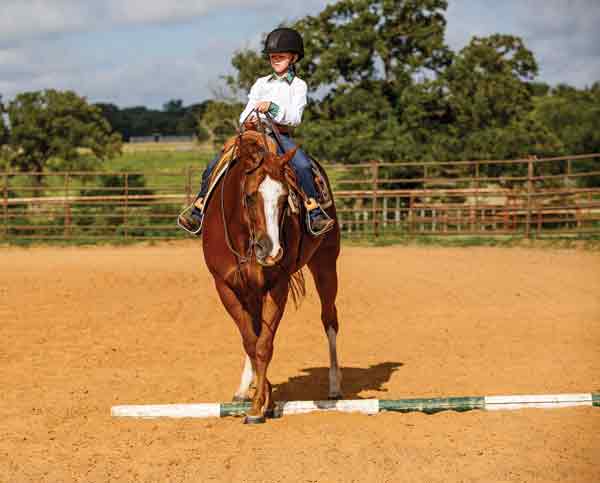Horse Illustrated publishes content about a variety of horse disciplines. The various disciplines covered include: cattle events, dressage, driving, endurance and competitive trail, eventing, halter and showmanship, horse racing, hunter/jumper, reining, saddle seat, speed events, vaulting, and western pleasure. This overall category showcases articles from all covered riding types, and our subcategories breaks down the topics in the individual riding styles. Find articles that can help with training within those disciplines, news, true stories from competitors, and more within each subcategory. We love highlighting real people with their stories of triumph and tribulations, so that every rider can learn from others' experiences.
Disciplines
Cattle Events
Learn more about cattle events, or western disciplines involving cattle, such as cutting, barrel racing, roping, team roping, cattle boxing, sorting, etc. Many of the events trace their roots back to ranch work with cattle, and they make up today's modern rodeo. Although rodeos can have a large variety of events, the following are the most popular with horses.
- Cutting involves a horse's natural ability to "read" a cow in order to cut it out of a herd during competition.
- Calf and steer roping involves the rider roping the calf or steer while mounted, and in tie-down roping, he quickly dismounts and ties three legs together in a timed event. Breakaway roping does not involve tying the calf's legs.
- Team roping (aka, heading and heeling) involves two mounted ropers. One ropes the head of the cow and the other ropes the hind feet in the quickest time possible.
- Cow horse boxing is an event that involves a reining pattern and working a single cow.
- Cattle sorting competitors must sort a numbered cow out of the herd. However, how the sorting is done depends on if it is team sorting or ranch sorting.
- Team penning requires sorting three cattle with the same number out of a herd and across a finish line.
Dressage
Many Horse Illustrated readers love this discipline and/or practice parts of it to improve their riding in other disciplines. This Olympic equestrian discipline, which also means "training," involves training the horse up through set levels using specific movements put together in a pattern, called a test. Competitions are available for riders of all levels. The United States Dressage Federation governs competitions in the U.S. Horses of all breeds are capable of participating in the sport, and exercises can improve any riding horse's skills, and that of his rider. In addition, Horse Illustrated publishes news from this discipline as well as features on how to do certain movements, how to participate in the sport, stories from riders in the discipline, and more.
Driving
Learn all you can about hitching up a horse to a vehicle, which tack and equipment to use, techniques, and variations within the discipline, which can be done recreationally, in pleasure classes, and in the sport of combined driving. Horse Illustrated covers the sport, regardless of whether the equine being used is a horse, pony, mule, or donkey, and the vehicle is a wagon, carriage, cart, sleigh, or other horse-drawn vehicle. This discipline includes pleasure classes, combined driving, farm work, harness racing, and more. Read news from competitions or features on techniques, including long lining; how to get started in the sport and how to improve your skills, stories from those who participate, and more. This discipline is organized by the American Driving Society, the Carriage Association of America, local clubs, and associations in other countries.
Endurance and Competitive Trail
Read more about endurance riding and competitive trail riding, how to get involved, how to improve your skills, news, stories from participants, and more with Horse Illustrated's articles. Endurance riding is an internationally recognized discipline that involves riding long-distance race while the horse must pass veterinary inspections along the way. They are usually 50- or 100-mile long rides, while limited distance rides are only 25 miles for new riders to the sport. Many different breeds participate, but Arabians are by far the most popular breed for this sport. Endurance is governed internationally by the International Equestrian Federation (FEI) and in the U.S. by the American Endurance Ride Conference (AERC). Competitive trail riding (CTR) involves riding a set distance (usually 40 miles per day) for usually one to three days. Speed is not the main factor, with it being more of a judged trail ride. Timed events mean the horse-and-rider must finish in a certain time range, but veterinary checks, rider behavior, performance of the horse and ability to recover, manners, and other criteria are evaluated.
Eventing
Three-day eventing—also known as eventing, combined training, and/or horse trials—is one of the Olympic equestrian disciplines governed internationally by the International Equestrian Federation and by the United States Eventing Association (USEA) in the U.S. It involves a horse-and-rider competing in three sports—dressage, cross-country, and show jumping. The name can be misleading since some events at lower levels run over one day while the highest-level international competitions run over four days, depending on the number of entries. This discipline is also known as the triathlon of equestrian sports. Horse Illustrated covers news and publishes features on how to get started, how to improve yours and your horse's skills, exercises to do for practice, tack and gear options, stories from participants in the discipline, and more.
Halter and Showmanship
Halter and showmanship showcase horses while they are led instead of being ridden. Halter classes are found in various horse shows, especially breed shows, so that he horse can be shown with just a halter to be judged on their conformation and suitability as a representative of that breed. They can also be called in-hand, breeding, model, and conformation classes. Showmanship classes involve the handler being judged on how well they can show the horse, how well the horse is groomed and prepared, and whether the horse meets breed and/or discipline standards. They are also called halter showmanship or showmanship in-hand classes. Horse Illustrated covers news involving these classes and related championships, how to train and show your horse in these divisions, how to groom and prepare your horse, what judges look for in these classes, and more.
Horse Racing
With the popularity of the Kentucky Derby and the Triple Crown races, horse racing is a popular topic for equestrians and non-equestrians people alike. In the United States, there are flat races by Thoroughbreds, Quarter Horses, Arabians, and other breeds; harness races by Standardbreds; and jump races, national hunt races, or steeplechasing (hurdling) by Thoroughbreds and French-bred jumpers (Selle Francais). There is also endurance racing. Horse Illustrated shares stories about famous racers, the Triple Crown, historical stories, personality profiles about those involved with the sport, research regarding the sport, and more. And we have several breed profiles about the Thoroughbred and Standardbred breeds.
Hunter Jumper
Hunter jumpers are often talked about together, but they are actually two different divisions, although using the phrases together could just refer to horses who jump in competition. Hunters, also known as working hunters or show hunters, are judged on their conformation, manners, movement, and his ability to jump smoothly and consistently. In show jumping, the horse must get around a jump course cleanly, without penalties, under a certain time limit. The horse with the least amount of jump penalties for knocking down rails and time penalties for going over the allotted time wins. Most horses do not show in both divisions at the upper levels. Horse Illustrated covers news and publishes features on how to get started, how to improve yours and your horse's skills, exercises to do for practice, tack and gear options, stories from participants in these disciplines, and more.
Reining
Reining is the most popular western discipline and has hit the international scene in modern years. It is now governed by the International Equestrian Federation internationally and by the National Reining Horse Association in the United States. Reining involves riding a horse around a specific pattern using movements such as circles, spins, rollbacks, and sliding stops, all done at high speed. In addition to being a timed event, the horse is judged on the quality of the movements. Horse Illustrated's articles cover all about the sport, how to improve your skills, stories from those who participate, how to train your horse to do some of the movements, and much more.
Speed Events
Learn more about the following speed events, especially barrel racing; how to train for them and improve your skills; and read news and stories from competitors who compete in speed events with Horse Illustrated.
- Barrel racing involves a horse speeding around barrels in a cloverleaf pattern. The fastest competitor who leaves all the barrels up is the winner.
- Gymkhanas feature events with pattern races and timed games and is often featured at Pony Club events or through 4-H. It is sometimes called an O-Mok-See. In addition to racing barrels, events can include pole bending, keyhole race, keg race, ride and run, egg stomp, $1 bill race (aka, ride a buck), and sack race are often scheduled.
- Pole bending involves a rider weaving in and out of poles set in a straight line.
- Flag racing involves running a pattern created by markers placed in specific locations.
Vaulting
Vaulting, or equestrian vaulting, is often described as gymnastics or dancing on horseback, individually or with a team. It can be done as a demonstration, as part of entertainment events and shows, or competitively. It is an international sport governed by the International Equestrian Federation (FEI) and by the American Vaulting Association (AVA) in the United States. It is also used as a therapeutic activity for children and adults who need help with balance, focus, gross motor skills, and/or social deficits. Clubs can be found throughout the United States, and the best teams can work their way up to competing at the highest levels, such as the World Equestrian Games.
Western Pleasure
Western pleasure is a division found at horse shows where the horse is judged on movement, conformation, conditioning, quiet way of going, manners, suitability as a western mount with even and slow gaits, and his responsiveness to cues. It is so named because a horse needs to be seen as a pleasure to ride all day as if it was a ranch horse. This division is found with many, many breeds, but is most commonly pictured with American Quarter Horses and American Paint Horses. It is one of the most popular divisions at breed shows. Horse Illustrated covers topics such as tack and equipment to use, how to train the horse for the division, how to slow down a horse's gaits, grooming and presentation for this event, neck reining, head set, and more.

